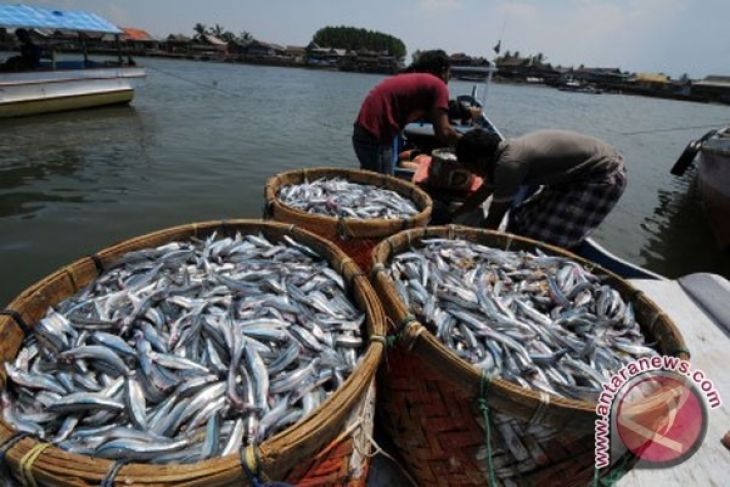
UGM Nutrients Expert, Dr. Mirza Hapsari Sakti Titis Penggalih, S.Gz., RD, MPH., presented the importance of fish consumption for the community. In fact, both freshwater and seawater fish have animal protein content which is good for encouraging the growth of all ages.
“Fish has fat that contains omega-3 which is beneficial for human intelligence,” said Dr. Mirza during the commemoration of National Fish Day on November 21, 2017.
Mirza said fish contains high omega-3, particularly sea water fish, including salmon and red snapper. Meanwhile, freshwater fish has a quite high omega-3 content, particularly catfish and snakehead fish.
“Currently, fish consumption is recommended as an alternative to fulfill protein needs. Minimum fish consumption is 1 portion per day which is combined with other protein sources,” she added.
Despite containing high omega-3, according to Mirza, unhealthy fish procession can reduce the benefits of fish consumption. In processing the fish to be daily food, it is supposed to be cooked using a healthy technique such as boiling or steaming, and avoiding frying and adding excessive cooking ingredients such as coconut milk.
“The food material is already good, however, an unhealthy fish processing can produce counter-productive matters. If we fry or add coconut milk, it will increase cholesterol in the body,” said Mirza who is a lecturer at Department of Health Nutrients, Faculty of Medicine UGM.
Mirza also reminded the community to increase the fish consumption and make it as an alternative food to fulfill their protein needs. Moreover, Indonesia has huge fish resources.
High Fishery Potential
On the other hand, UGM Fishery Expert, Suadi, Ph.D., said Indonesia has a high fishery potential. “The current potential of Indonesian catch fishery reaches 12.5 million tons,” said Suadi.
However, from production aspect, Suadi said it has yet to be corresponding with the potential. Based on the data from Indonesian Ministry of Marine and Fisheries, in 2016, the production of catching fish was only 6.4 million ton.
“In 2012, the result of catch fish production was 5.4 million tons and it increased in 2016 up to 6.4 million tons. Within 5 years, it only increased 1 million ton,” said Suadi who is a lecturer at Department of Fisheries, Faculty of Agriculture UGM.
This condition is inversely proportional to the cultivated fish sector which experienced a significant increase. In 2012 the production of cultivated fish was only 9.68 million and it increased up to 16.67 million tons in 2016.
Suadi said one of the causes of the low catch fish production in Indonesia is the limited fleet. Most of the operated ships are small ships with limited capacity.
“The potential is high, however, we have not been able to catch plenty of fish due to the limited fleet. In the near future, the government has to encourage the industry to add more fleets, thus the result of catching fish can be optimal,” he added.

